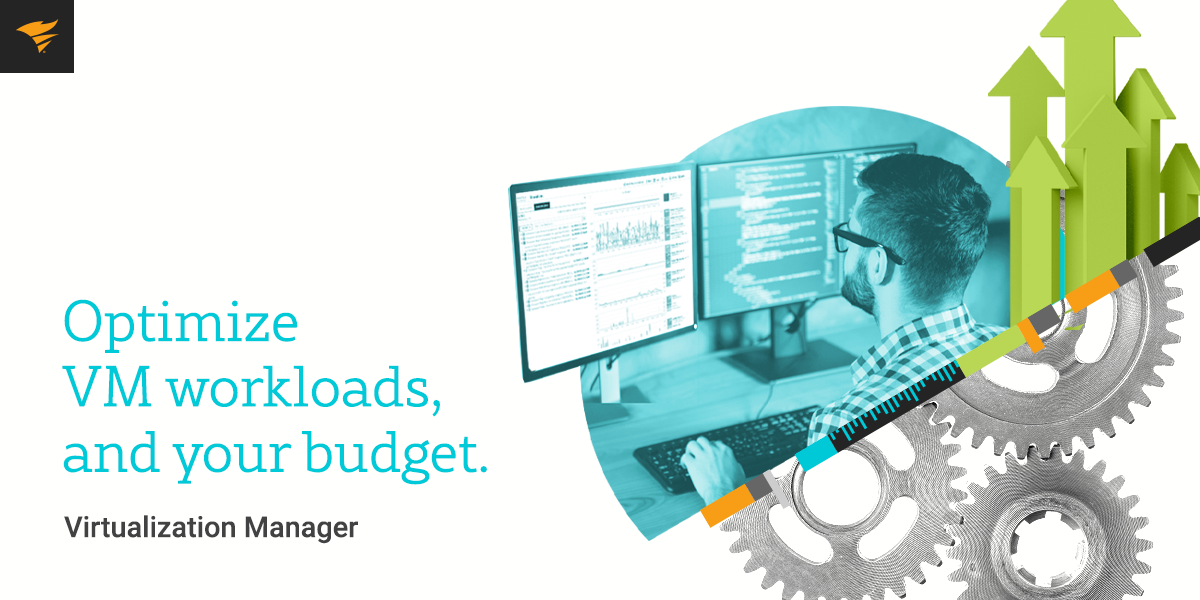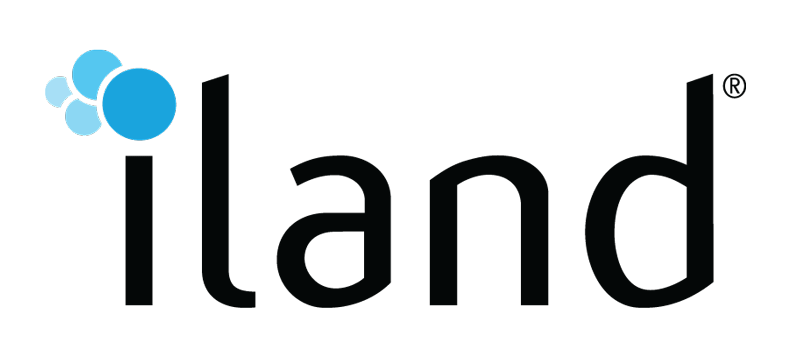FEATURES OF CLOUDBOLT CMP'S INTEGRATION WITH VMWARE
VSPHERE/VCENTER/ESX
- VM Build process:
- Discovery of available clusters, networks, datastores, datastore clusters, VM templates
- Provisioning using:
- templates stored in the VMware Content Library
- normal VM templates
- a blank VM and a network-boot based build system such as Razor or Cobbler
- Creation & management of multiple disks
- Creation & management of multiple network interfaces
- support for specifying adapter type
- Guest OS customization
- Static IP
- Hostname
- Setting annotations
- Auto-selection of the datastore with the most free space
- Datastore clusters
- Following progress of the build task
- Linked clone builds
- Templatized specification of which VMware folder in which to place new VMs
- Storage management
- Define rate multiplier for premium storage backends
- Limit access to storage backend per group or environment
- VM management:
- Console
- Tagging
- Snapshotting:
- Creating new ones
- Auditing existing ones and deleting any past expiration
- Adding and removing disks, NICs, CPU, memory
- All the policy-based management features that CloudBolt supports on other platforms, including execution of remote scripts, tracking of expiration dates, chargeback, power scheduling, the ability to log into VMs remotely from the CloudBolt web UI
- VM Discovery:
- Detection and storage of 26 distinct attributes on virtual machines
- Automatically updating CloudBolt's dynamic inventory database every 30 minutes with any changes to these attributes on VMs
- History tracking for all changes, including those made in CloudBolt and those discovered. This allows reporting on change history over time, including the built-in ability to compute how CPU and GB memory hours each server used over the course of a month.
VMWARE CLOUD ON AWS
- Everything supported by CloudBolt's vCenter integration above
NSX
- Deployment and configuration of fenced networks
- Support for load balancers
- Support for edge gateways
- Micro-segmented firewall rules (tagging)
- Extension-friendly API wrapper to enable any NSX use cases like NAT'ing, custom route configurations, etc.
VREALIZE ORCHESTRATOR (VRO)
- Discovery of flows:
- Automatic discovery of flow inputs o Ability to map those inputs to CloudBolt attributes Ability to set up a flow at any trigger point in CloudBolt, which allows it to run at many points during the provisioning process, be presented as a button on the server details page, run as a recurring job and many other places.
- This allows reuse of existing investment in vRO workflows for the CloudBolt customers who have switched from vRA to CloudBolt
VCLOUD DIRECTOR
- Deploying VMs via vCloud Director
- Discovery of existing VMs
- Management of existing VMs
- Useful for orgs that want to modernize their cloud platform, but are not yet ready to remove vCloud Director
VREALIZE AUTOMATION (VRA)
- Prescriptive software-defined extensibility
- Configuration defined (code-less) based policies
- No custom coding - custom orchestration
- Reduce technical debt
- Reduce blueprint sprawl and maintenance overhead
- Customer Property injection and transformation
- Dynamic templating technology
- Environment Assessment and Optimization
- Prepare for your migration
- Analyze and review the 5 critical areas
CONCLUSION
For a cloud platform to deliver on its promise of self-service IT, it needs to have deep interactions with external systems, feature-rich integrations which do IT's previously-manual work for them. This post covers the depth of CloudBolt's integration with VMware, but a similar dive could be taken into all the other integrations CloudBolt provides out of the box and as importable content in its hosted Content Library.
As always, if there are more aspects of integration you would like to see, we would love to hear from you. The list above has been fueled by excellent ideas from our customers over the last nine years.
##
About the Authors

Bernard is co-founder of CloudBolt Software. Bernard has 20 years of experience in enterprise software leadership, including roles in engineering and product management, solutions architecture, and technical sales at leading technology companies. As a recognized technology leader in data center automation, DevOps, and software development, Sanders has developed a reputation for building powerful, flexible software solutions that don\'t compromise usability or simplicity.

Nicholas is the Chief Product Owner at CloudBolt Software, with over 18 years of building and delivering grade enterprise software and solutions. He has held roles in engineering and product leadership at a number of Global companies. Nicholas is applying his strong passion and product leadership experience to building CloudBolt’s next generation extensibility platform, OneFuse.














